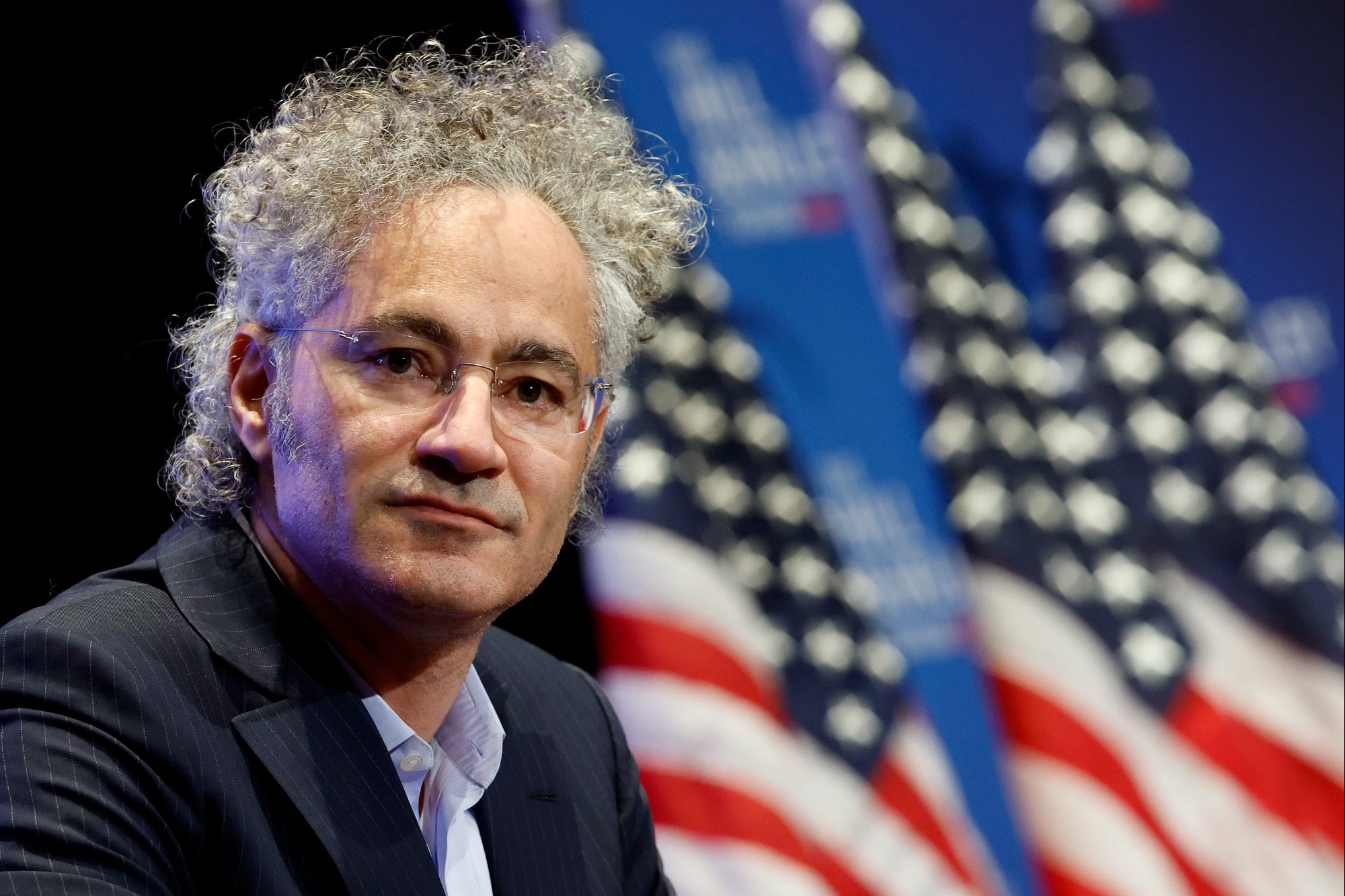One Simple Exercise That Can Help You Think Through Any Big Decision With a little mental finesse, anxiety can be an ally -- even when it comes to decision making.
By Drake Baer
This story originally appeared on Business Insider
Anxiety gets a bad rap.
We often talk about it as something that needs to be "cured."
But according to "Anxiety Toolkit" author Alice Boyes, that's over-simplifying.
With a little mental finesse, anxiety can be an ally.
Boyes herself uses a simple thinking exercise to put her anxious nature to good use.
"I make myself think of the worst that could happen and the best that could happen," she tells Business Insider. "Instead of just automatically assuming that something will have a negative outcome, I've trained my brain to see the possibility that it might have a positive one."
It's a thinking exercise that dates back 2,300 years ago to the Stoic philosophers of Ancient Greece.
"It's respecting my natural inclination to think through the worst that could happen," Boyes says.
Imagining the worst helps her prepare. Channeling a tendency toward anxiety can be super helpful in the case of travel, she says, since she always has backup plans. For example, if a bus doesn't come and she needs to get somewhere, she's going to have already looked up the alternative route.
And imagining the best helps her see options she would have otherwise skipped.
"When I started my therapy practice, I contacted some magazine editors and said, 'Hey, I'm available if you need comments for your stories,'" she recalls. "I was thinking they would think, 'Who is this little person contacting us?' But it actually led to writing for magazines."
After writing for magazines like Psychology Today, Boyes found that one of her key skills was translating the principles of therapy into advice people could use in their everyday lives. But she never would have had that realization unless she would have imagined positive outcomes — and ignored that voice in her head that said: Why am I doing this? This is silly.
By thinking through the best and worst outcomes, you work with your emotional tendencies in a constructive way:
- If you're a naturally anxious person, it will make use of the tendency to plan while training you to imagine more positive outcomes.
- If you're a naturally optimistic person, it will make use of that dreaminess while keeping you prepared for what might happen.
It's about making use of all of both styles.
"All of these emotions have a positive role in people's lives," Boyes says.











